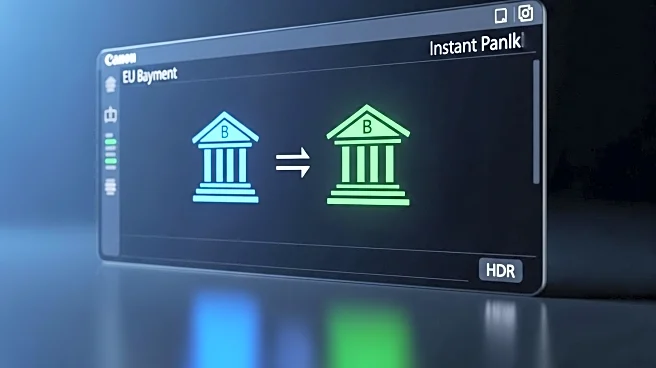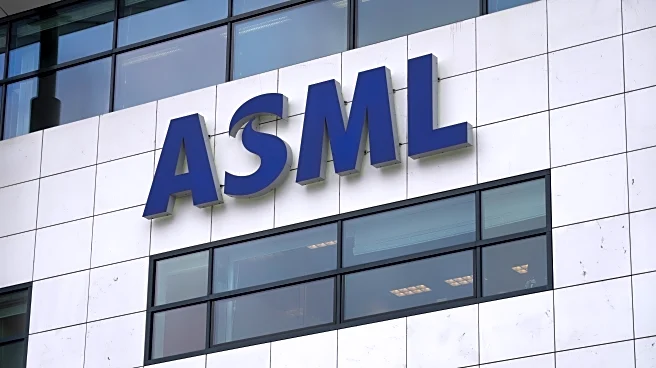What's Happening?
The European Union's mandate for instant payments is driving significant changes in the banking sector. Banks are required to receive instant payments since January, with sending capabilities due by October 2025. This shift necessitates a transformation in fraud prevention, business models, and the operational architecture of banks. Legacy systems designed for business-hour operations must now accommodate 24/7 transactions, including large fund movements at unconventional hours. Modern payment hubs are emerging as solutions, offering real-time orchestration, settlement, compliance, and payment flow visibility. However, implementing these systems requires substantial operational changes that many banks are still navigating.
Why It's Important?
The transition to instant payments is crucial for the banking industry as it aligns with the growing demand for real-time financial transactions. This change impacts how banks manage liquidity and fraud prevention, potentially increasing operational costs and necessitating technological upgrades. The ability to process transactions instantly can enhance customer satisfaction and competitiveness in the financial sector. However, banks that fail to adapt may face regulatory challenges and lose market share to more agile competitors. The broader financial infrastructure will benefit from increased efficiency and transparency, but the transition poses significant challenges for traditional banking models.
What's Next?
Banks will need to continue investing in technology and operational changes to meet the EU's instant payment requirements. As the October deadline approaches, institutions must ensure compliance to avoid penalties and maintain customer trust. The development of modern payment hubs will be critical in facilitating this transition, and banks may need to collaborate with fintech companies to leverage innovative solutions. The regulatory landscape will likely evolve to address new challenges associated with real-time payments, including cybersecurity and fraud prevention. Stakeholders must remain vigilant and proactive in adapting to these changes.













